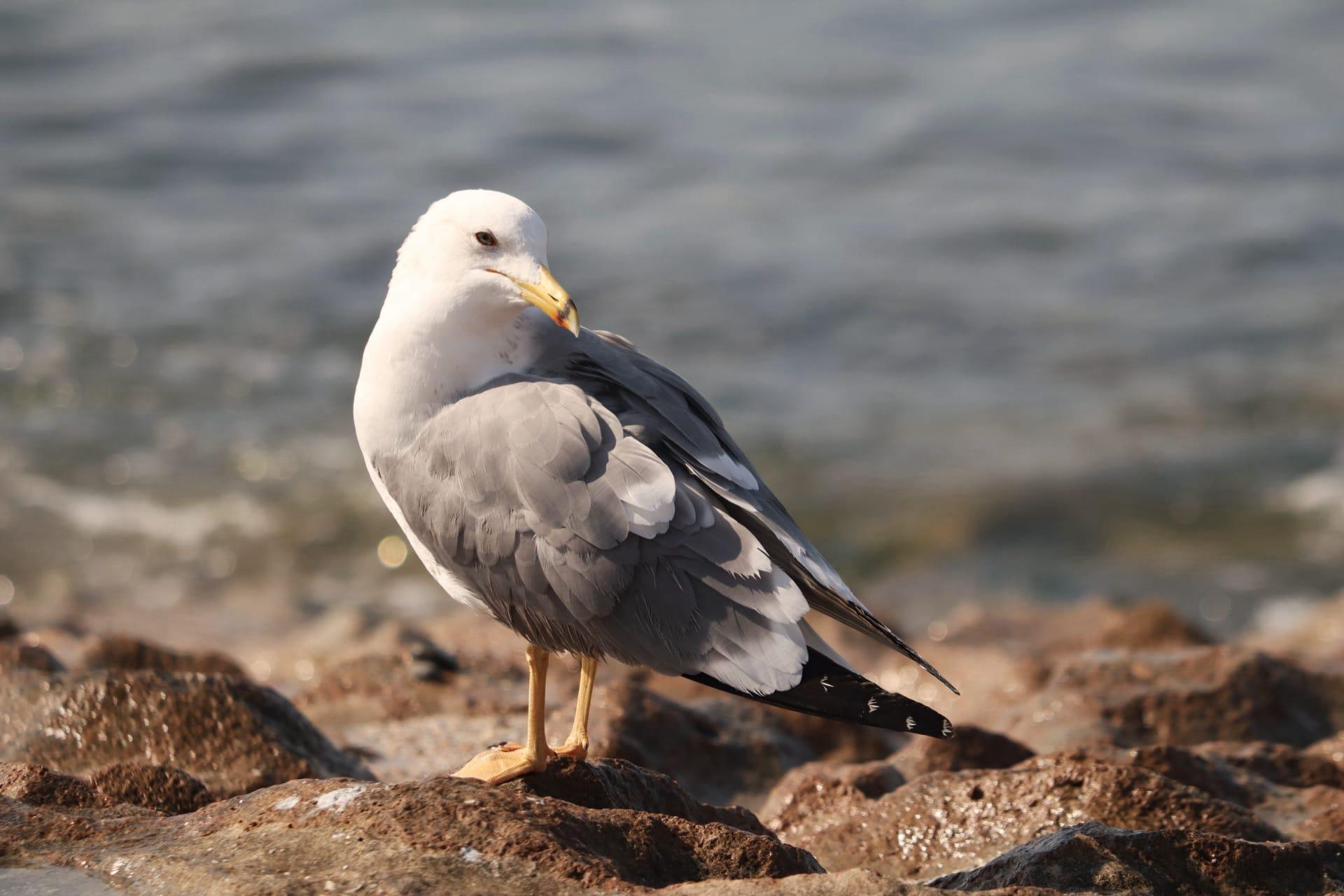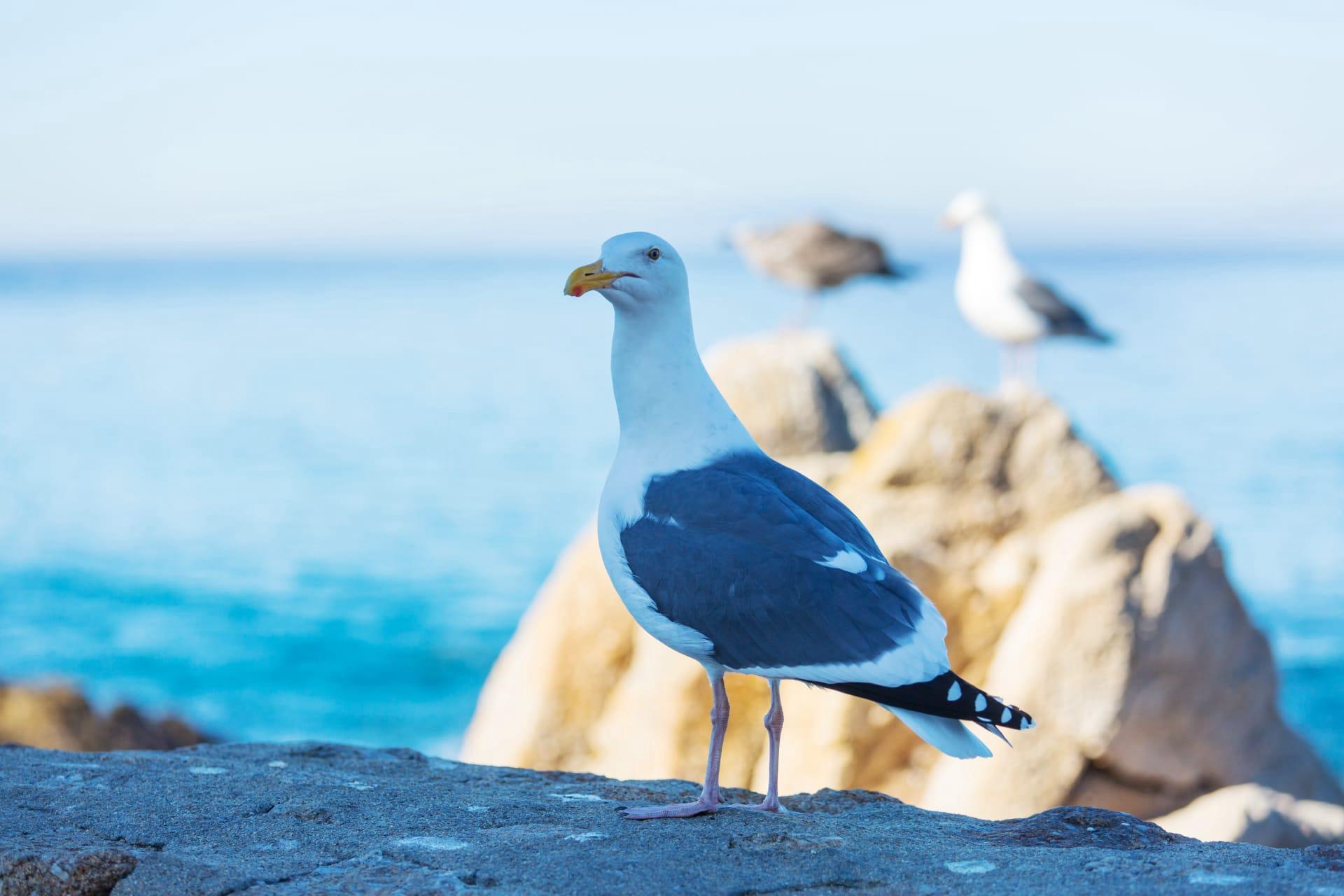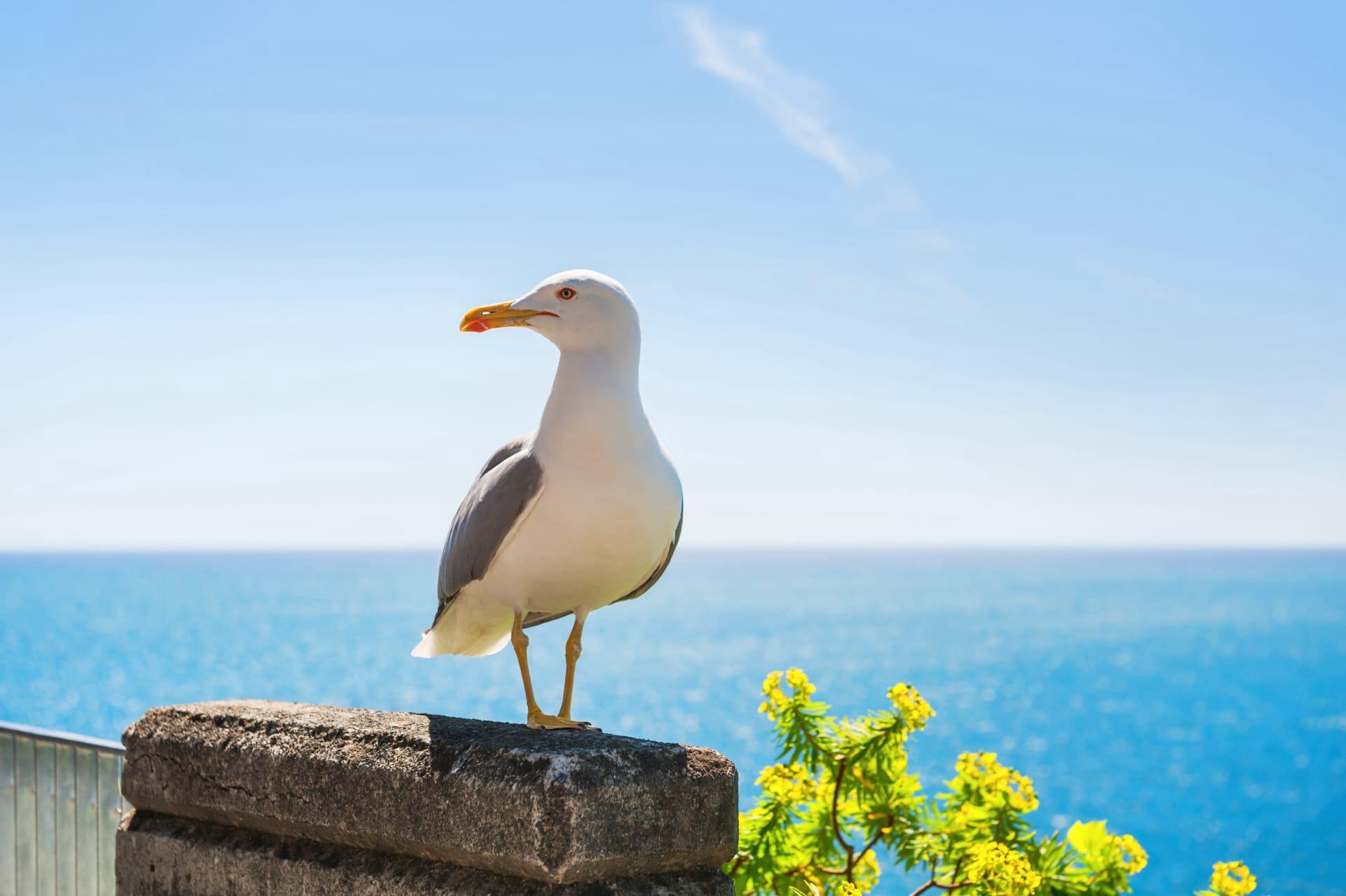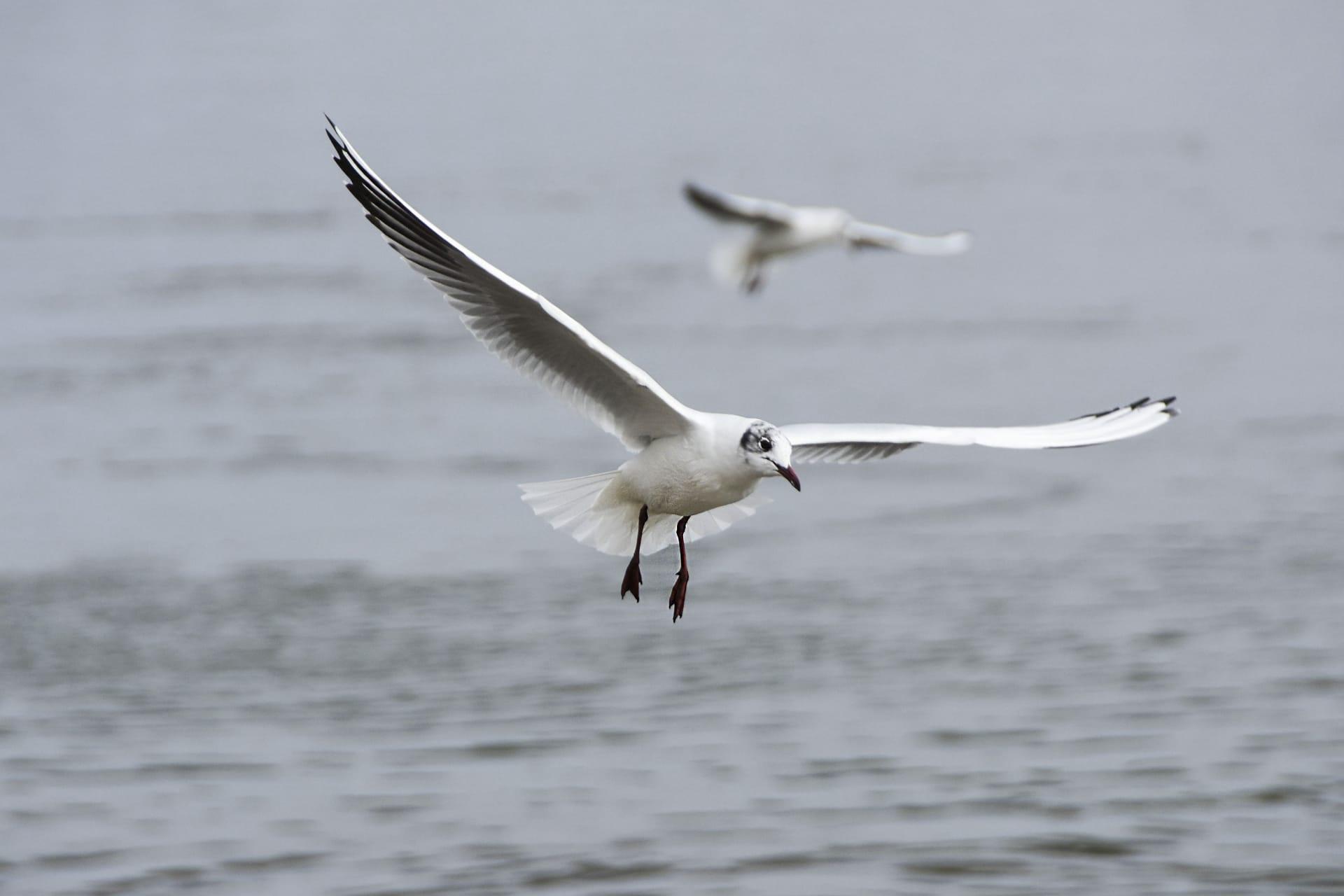Seagull Characteristics
- Home /
- Mini Encyclopedia /
- Animal /
- Seagull Characteristics
1
Seagulls, commonly seen soaring near coastlines, are fascinating birds known for their distinct features. These birds, typically white with grey wings, boast an average wingspan of about 40 to 65 inches. Seagulls weigh between 0.7 to 1.5 kilograms, with a robust and streamlined body ideal for flying. Remarkably, seagulls have a life span of around 10 to 15 years, but some species can live up to 25 years in the wild. Their keen eyesight, crucial for spotting food from great heights, sets them apart. Additionally, their beaks, varying in shape and size across species, are perfectly adapted for their diet.
One of the most notable organs of a seagull is its highly specialized salt gland. Located above their eyes, these glands are essential for their survival, especially for those living in marine environments. Seagulls consume a lot of salt through their diet of fish and crustaceans. The salt gland helps them excrete excess salt from their bodies, which they do by excreting a concentrated saline solution through their nostrils. This adaptation allows them to drink seawater when fresh water is scarce, a remarkable survival mechanism unique to sea-dwelling birds like seagulls.

2
Question: Why do seagulls often follow ships?
Answer: Seagulls are known to follow ships due to their opportunistic feeding habits. Ships often disturb schools of fish, making them easy prey for seagulls. Additionally, seagulls scavenge for food scraps or refuse thrown overboard. This behavior is not just about easy food; it's also a smart energy-saving strategy. By following ships, seagulls can glide on air currents created by the vessel, reducing their energy expenditure while searching for food.

3
Seagulls are adept flyers, showcasing remarkable agility and endurance in the air. They have a flight style that combines flapping and gliding, with their long wings providing excellent lift and glide efficiency. This ability enables them to cover long distances with minimal effort, crucial for their migratory patterns. Seagulls can reach speeds of up to 40 kilometers per hour, with some species capable of even higher speeds during dives.
The hunting and feeding habits of seagulls are equally impressive. They are opportunistic feeders, often seen swooping down to snatch fish from the water's surface. Seagulls also engage in a behavior called 'foot paddling,' where they use their feet to stir up shallow water, unearthing small aquatic animals or insects. Additionally, their diet includes a variety of foods like insects, small mammals, and even food scraps from human sources, showcasing their adaptability in different environments.

4
Seagulls are typically found in coastal areas, thriving in environments ranging from beaches and docks to marinas and rooftops in coastal towns. They are well-suited to life near water bodies, where food sources are abundant. However, some species have adapted to urban environments, exploiting the readily available food sources in these areas.
Regarding reproduction, seagulls are known for their monogamous nature, often mating with the same partner for several years. They nest in colonies, which offers protection against predators. The nests are usually built on the ground or in low vegetation near water. Female seagulls lay two to three eggs, and both parents share the responsibility of incubation and feeding the chicks. The chicks fledge within six weeks but often stay with their parents for several months before becoming fully independent.

5
Book: "The Secret Life of Seagulls" by Jonathan Livingston, published in the United Kingdom in 1995. This book offers an intimate look into the lives of seagulls, delving into their behavior, migration patterns, and survival strategies. It blends scientific facts with engaging narratives, making it an enlightening read for both bird enthusiasts and casual readers.
Book: "Wings Over the Waves: The Seagull's Story" by Emily Waters, released in the United States in 2003. Waters' book focuses on the ecological significance of seagulls in marine ecosystems. It explores the impact of environmental changes on their habitats and behavior. The book is praised for its detailed research and ability to convey complex ecological concepts in an accessible manner.